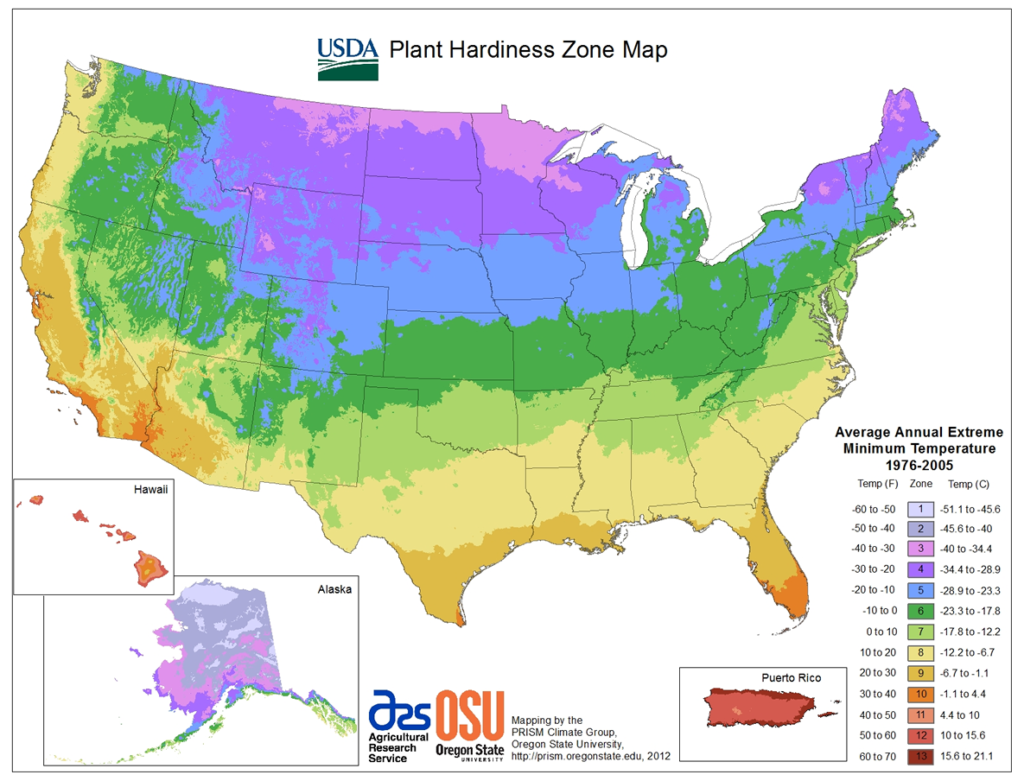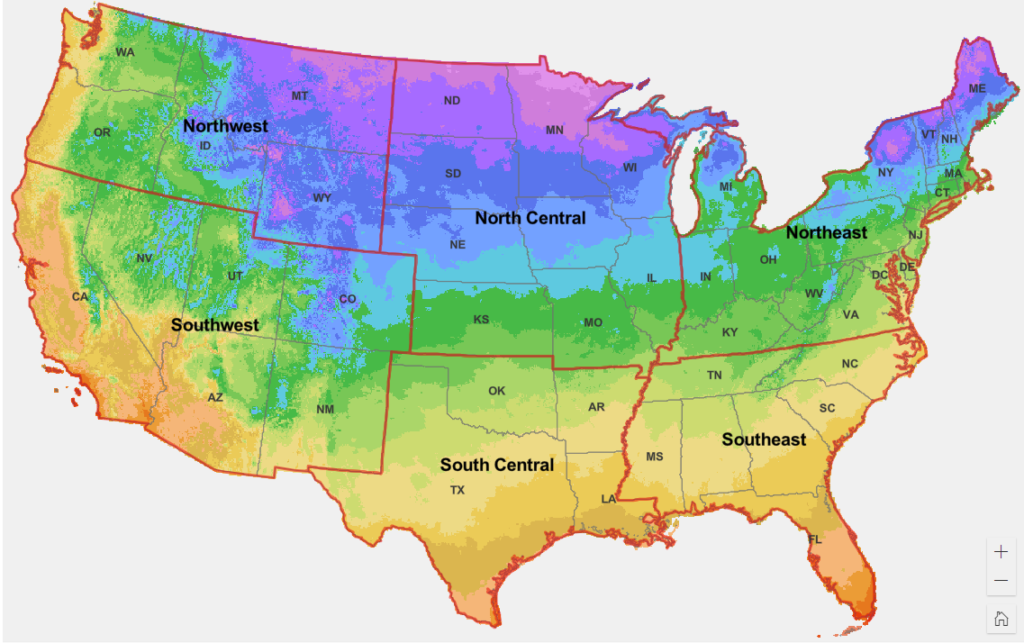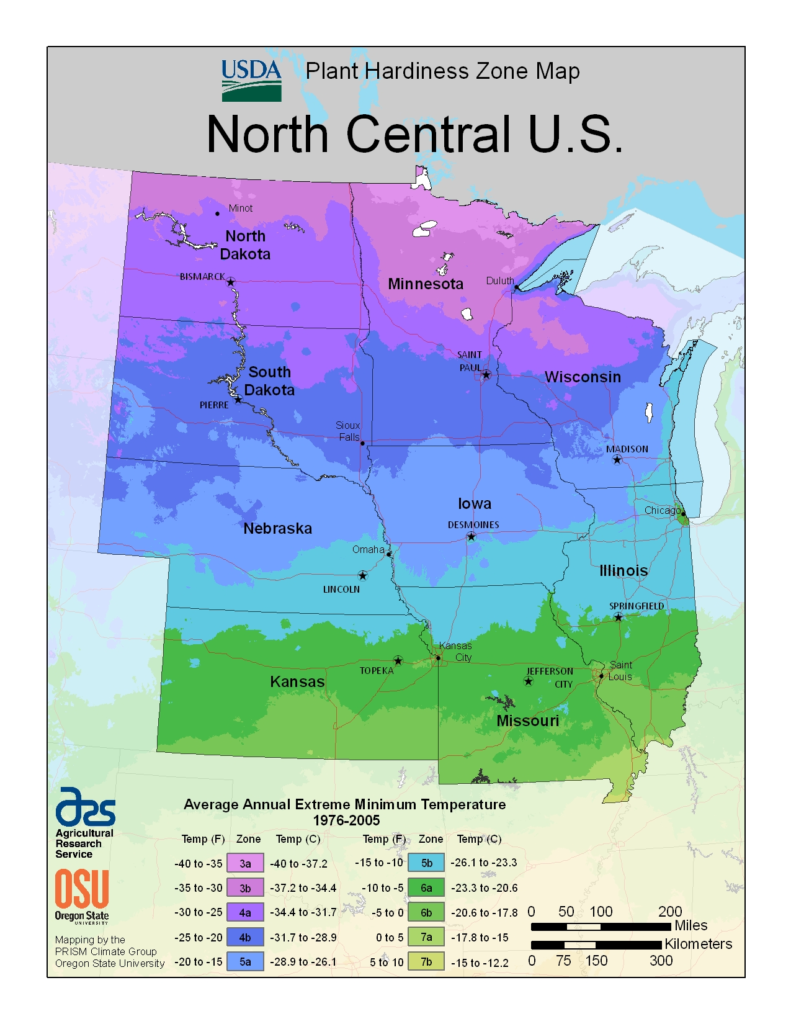Introduction
Gardening is a rewarding and fulfilling hobby that allows you to connect with nature and create a beautiful outdoor space. However, not all plants thrive in the same climatic conditions. Understanding your local climate and its suitability for various plant species is crucial for successful gardening. This is where the Hardiness Zone Map comes into play. In this blog, we'll delve into the concept of the Hardiness Zone Map, how it works, and how you can use it to make informed decisions when planning your garden.
1. What is the Hardiness Zone Map?
The Hardiness Zone Map is a geographical tool used by gardeners, horticulturists, and agriculturists to determine the climatic conditions of a specific region. It divides the world into different zones based on average minimum winter temperatures. The United States Department of Agriculture (USDA) developed the most widely used Hardiness Zone Map, which was last updated in 2012.


2. Understanding Hardiness Zones
The Hardiness Zone Map divides regions into zones with a specific range of temperatures. Each zone is typically 10°F (5.6°C) colder or warmer than its adjacent zone. The zones are labeled with numbers, starting from the coldest (Zone 1) to the warmest (Zone 13). For example, Zone 1 has a minimum winter temperature range of -60°F to -50°F (-51°C to -46°C), while Zone 13 has a minimum winter temperature range of 60°F to 70°F (15.6°C to 21.1°C).
3. How to Find Your Hardiness Zone
To find your specific Hardiness Zone, you can refer to the USDA Plant Hardiness Zone Map online. You'll need to locate your region on the map and identify the corresponding zone number. Alternatively, many gardening websites offer zip code-based zone finders, making the process even more straightforward.
4. Using the Hardiness Zone Map
Once you know your Hardiness Zone, you can use this information to make informed decisions about the plants you select for your garden. Here's how to use the map effectively:
a. Selecting Suitable Plants: Check the plant's Hardiness Zone requirement on its label or in gardening catalogs. Choose plants that have a range that includes your zone or is slightly lower to ensure they can withstand your local winter temperatures.
b. Timing Planting: The Hardiness Zone Map can also help you determine the best time to plant certain crops and flowers. If a plant is rated for a colder zone than yours, you might need to wait until the frost-free date has passed to avoid potential damage.
c. Microclimates: Keep in mind that gardens may have microclimates, which are localized climate variations within a larger zone. Factors like proximity to bodies of water, urban heat islands, and elevation can influence the temperature. Observe your garden and take note of these microclimates to enhance your plant selection.
d. Protecting Plants in Borderline Zones: If you're set on growing a plant that is not ideally suited to your zone, consider providing extra protection during harsh winters. This can include mulching, wrapping with burlap, or placing plants in sheltered locations.
5. Climate Change and the Hardiness Zone Map
It's essential to acknowledge that climate change is affecting global weather patterns, and as a result, some zones are shifting. Over time, some areas may experience milder winters, which could open up opportunities for growing plants that were previously challenging to cultivate. However, these changes also bring new challenges, such as increased pest pressure and altered precipitation patterns. Staying updated with the latest information and being adaptable in your gardening approach is crucial in this ever-changing climate.
Conclusion
The Hardiness Zone Map is an invaluable tool for any gardener looking to make informed decisions about plant selection and planting times. By understanding your local climate and selecting plants suited to your zone, you can create a thriving and beautiful garden. Remember to consider microclimates and be mindful of climate change's potential impacts as you plan and tend to your garden. Happy gardening!
Resources:







